

| Region rejsu : Europa, Północna Europa |
| Firma : Norwegian Cruise Lines |
| Statek : Norwegian Star |
| Data rozpoczęcia : niedz. 31 sie 2025 |
| Data zakończenia : niedz. 14 wrz 2025 |
| Liczba nocy : 14 nocy |
| Dzień | Data | Port | Wypłynięcie | Odpłynięcie |
|---|---|---|---|---|
| 1 | 31.08 niedz. | Reykjavik / Islandia | 16:00 | |
| 2 | 1.09 pon. | Dzień na morzu / Morze | ||
| 3 | 2.09 wt. | Prince Christian Sound / Greenland | ||
| 4 | 3.09 śr. | Paamiut / Greenland | 09:00 | 18:00 |
| 5 | 4.09 czw. | Dzień na morzu / Morze | ||
| 6 | 5.09 pt. | Dzień na morzu / Morze | ||
| 7 | 6.09 sob. | Isafjordur / Islandia | 07:00 | 17:00 |
| 8 | 7.09 niedz. | Akureyri / Islandia | 06:30 | 16:00 |
| 9 | 8.09 pon. | Djupivogur / Islandia | 08:00 | 16:00 |
| 10 | 9.09 wt. | Torshavn / Faroe Islands | 10:00 | 17:00 |
| 11 | 10.09 śr. | Lerwick / Wielka Brytania | 08:30 | 16:00 |
| 12 | 11.09 czw. | Olesunn / Norway | 09:30 | 19:00 |
| 13 | 12.09 pt. | Mons / Belgia | 08:00 | 17:00 |
| 14 | 13.09 sob. | Kristiansand / Norway | 09:00 | 17:00 |
| 15 | 14.09 niedz. | Osło / Norway | 06:00 |
Payment Terms
To confirm your booking, a minimum deposit of 30% of the trip cost is required.
Final payment must be made no later than 90 days before the cruise departure.
The deposit or full payment must be made immediately after the booking is created, according to the payment terms. Payment can be made by invoice or using the following credit cards: American Express, MasterCard, and Visa. When paying by card, we require the following details: card number, cardholder's name, card expiration date, cardholder's postcode, and the three-digit security code on the back of the card.
Cruise Cancellation Policy
Period Before Departure Cancellation Fee
More than 29 days 20%
28 - 15 days 50%
14 - 8 days 75%
7 days or less+ 95%
The following cancellation fees will apply for confirmed Cruisetours packages:
Period Before Departure Cancellation Fee
More than 29 days 20%
28 days less+ 95%
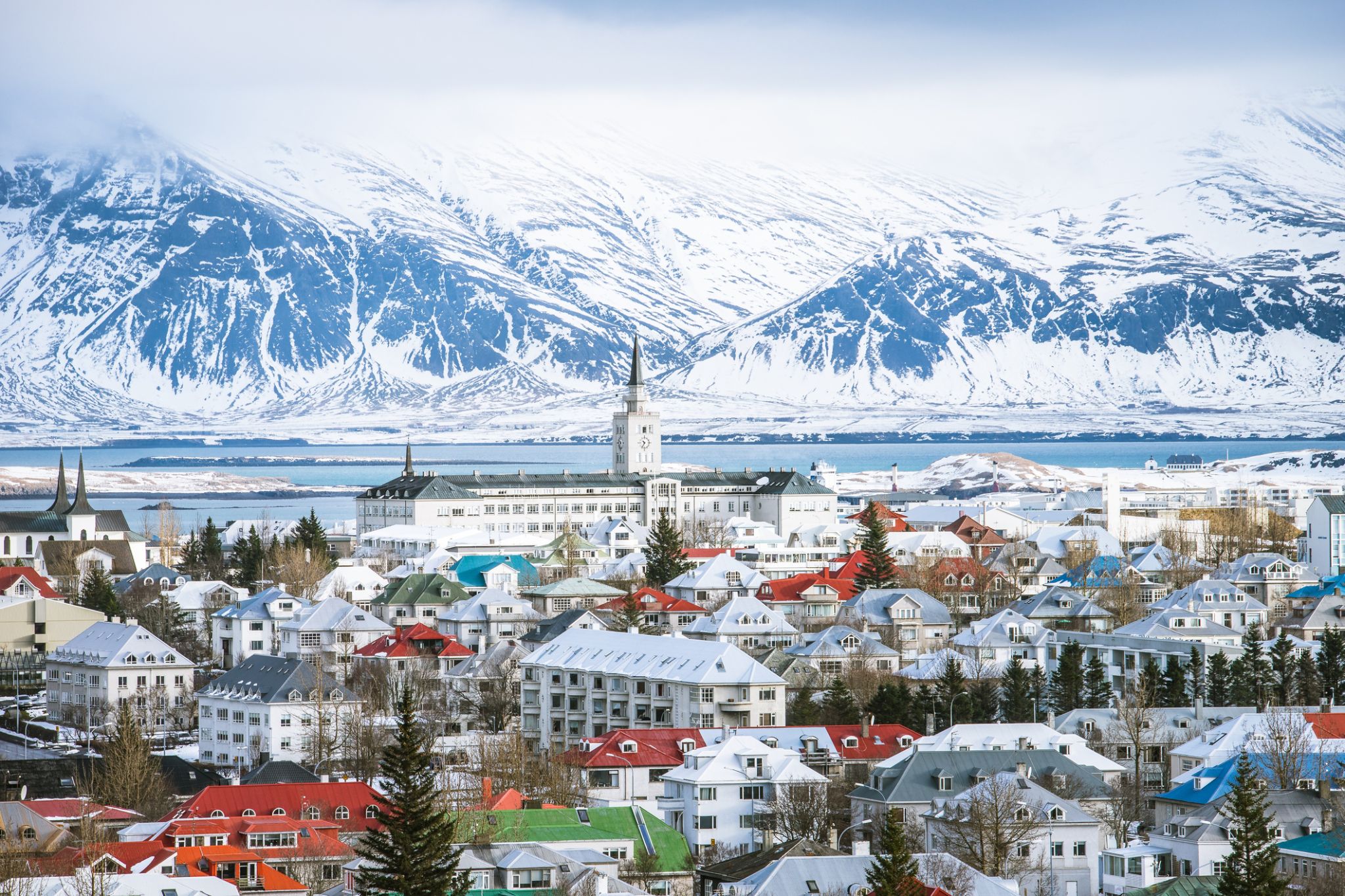
Reykjavík is the capital and largest city of Iceland. It is located in southwestern Iceland, on the southern shore of Faxa Bay. Its latitude is 64°08' N, making it the world's northernmost capital of a sovereign state. With a population of around 123,300 (and over 216,940 in the Capital Region), it is the heart of Iceland's cultural, economic and governmental activity, and is a popular tourist destination.
Reykjavík is believed to be the location of the first permanent settlement in Iceland, which, according to Ingólfr Arnarson, was established in AD 874. Until the 19th century, there was no urban development in the city location. The city was founded in 1786 as an official trading town and grew steadily over the following decades, as it transformed into a regional and later national centre of commerce, population, and governmental activities. It is among the cleanest, greenest, and safest cities in the world.

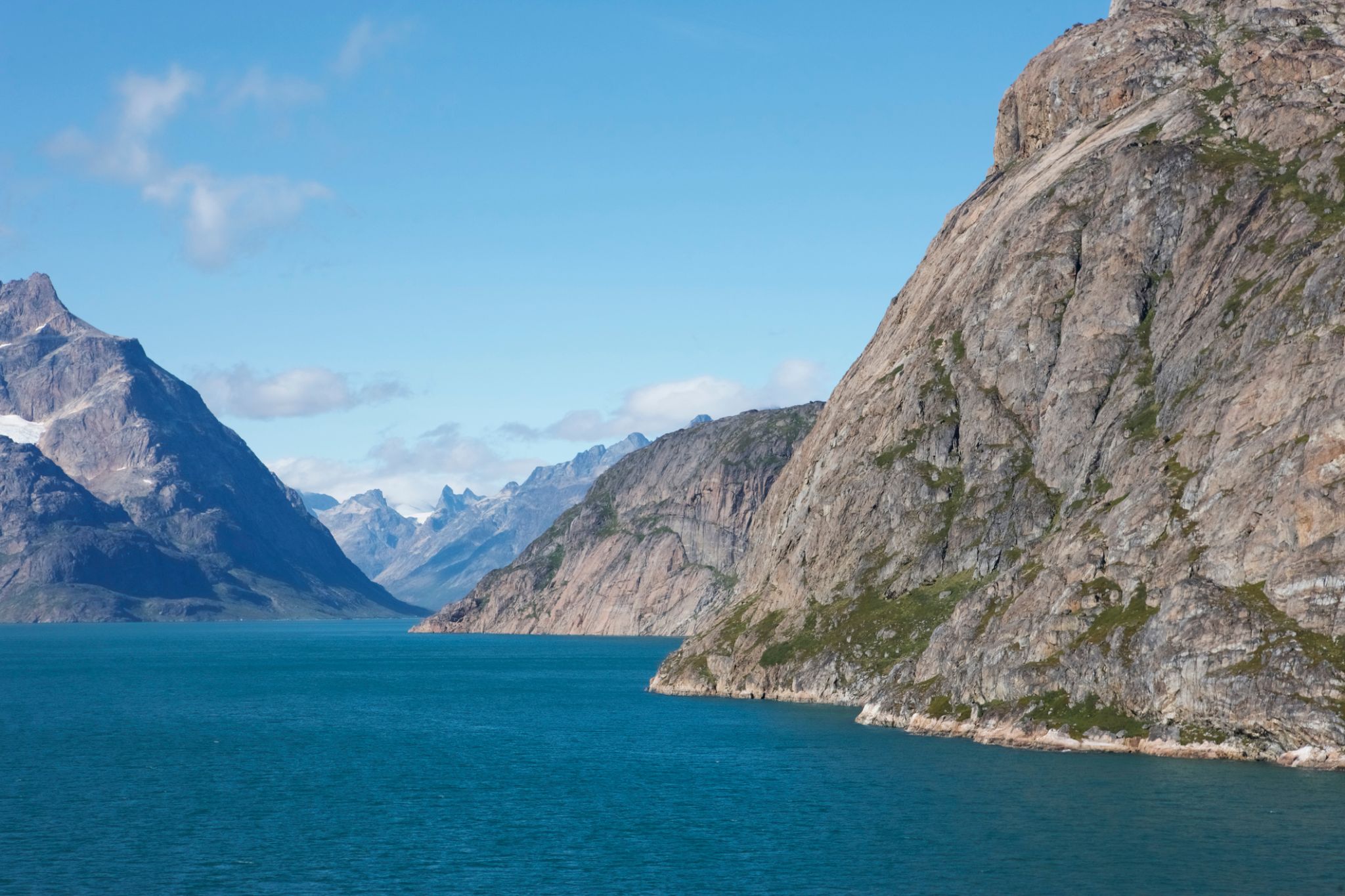

Zanurz się w atmosferę północnej przyrody, gdzie lodowate wody i malownicze krajobrazy tworzą wyjątkowy obraz dla każdego podróżnika. W tym zakątku Grenlandii, w małym miasteczku Paamiut, czekają na Ciebie żywe tradycje i przyjaźni mieszkańcy, którzy zachowali kulturę Inuitów oraz morskie dziedzictwo odzwierciedlone w ich rybackim stylu życia.
Paamiut to idealne miejsce dla tych, którzy chcą poczuć arktyczną ciszę i majestat natury, a także poznać unikalną florę i faunę regionu. Można tu spacerować wzdłuż wybrzeża, obserwować wieloryby i zorze polarne oraz spróbować świeżych owoców morza, przygotowywanych przez miejscowych z pasją i umiejętnościami. To ciche i autentyczne miejsce oferujące prawdziwą północną przygodę.


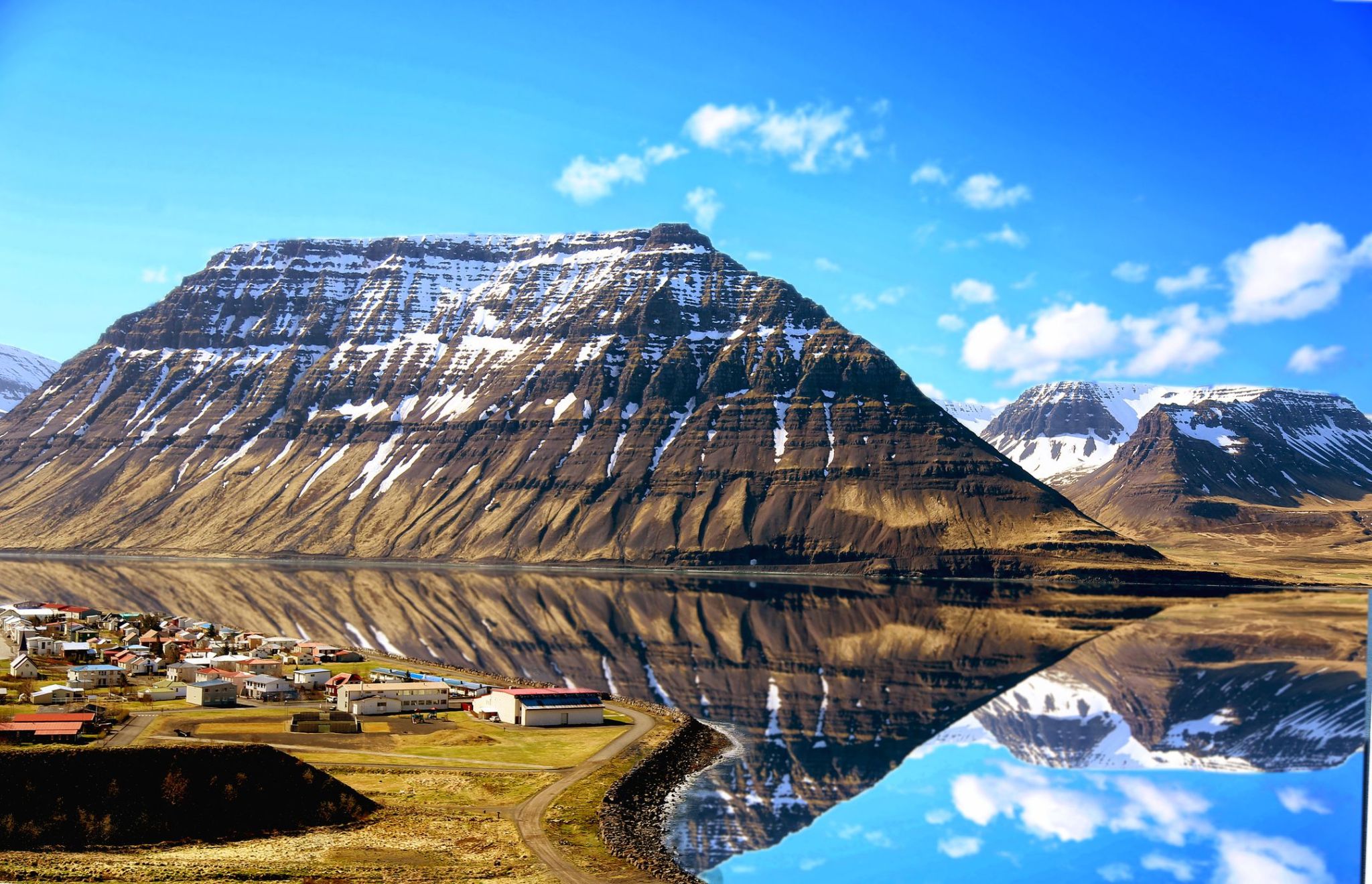
Isafjörður, meaning ice fjord or fjord of ice, ice in plural genitive) is a town in the northwest of Iceland.
The oldest part of Ísafjörður with the town centre is located on a spit of sand, or eyri, in Skutulsfjörður, a fjord which meets the waters of the larger fjord Ísafjarðardjúp. With a population of about 2,600, Ísafjörður is the largest settlement in the peninsula of Vestfirðir (Westfjords) and the administration centre of the Ísafjarðarbær municipality, which includes – besides Ísafjörður – the nearby villages of Hnífsdalur, Flateyri, Suðureyri, and Þingeyri.

Akureyri is a town in northern Iceland. It is Iceland's Fifth largest municipality.
Nicknamed the Capital of North Iceland, Akureyri is an important port and fishing centre. The area where Akureyri is located was settled in the 9th century but did not receive a municipal charter until 1786. The town was the site of Alliedunits during World War II. Further growth occurred after the war as the Icelandic population increasingly moved to urban areas.
The area has a relatively mild climate because of geographical factors, and the town's ice-free harbour has played a significant role in its history.
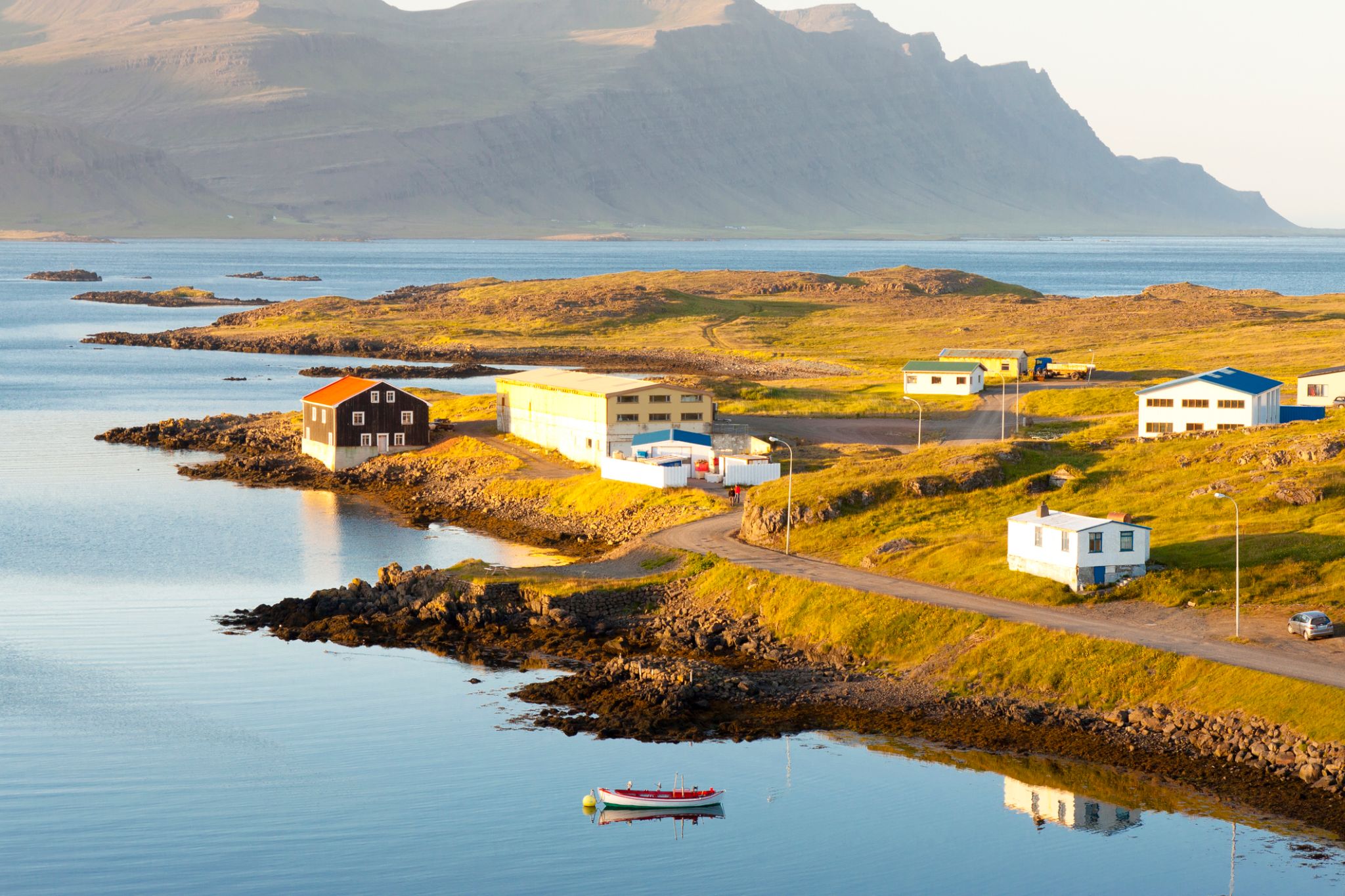
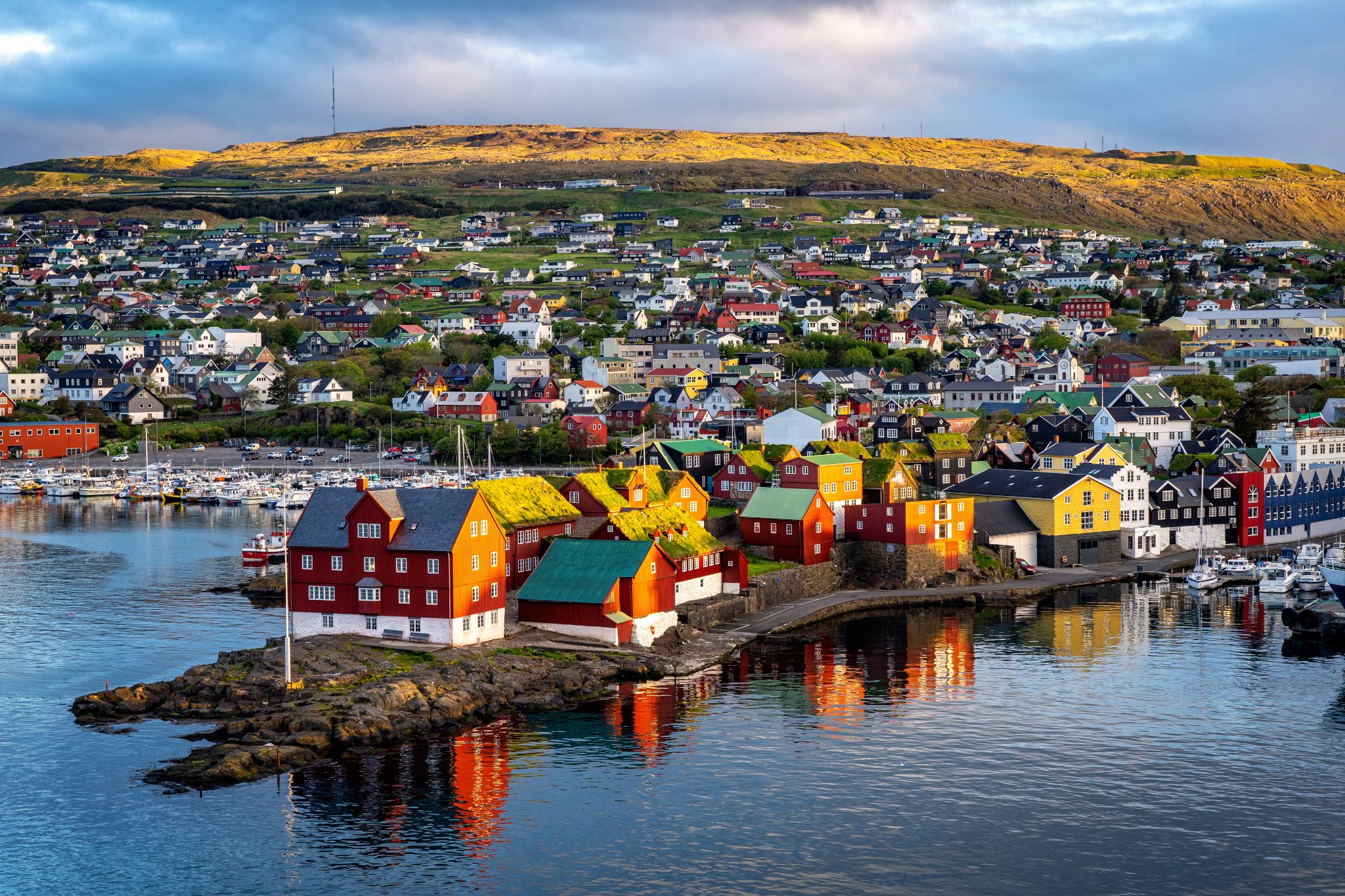
Tórshavn is the capital and largest town of the Faroe Islands. Tórshavn is in the southern part on the east coast of Streymoy. To the northwest of the city lies the 347-meter-high (1,138 ft) mountain Húsareyn, and to the southwest, the 350-meter-high (1,150 ft) Kirkjubøreyn. They are separated by the Sandá River. The town proper has a population of 13,089 (2017), and the greater urban area a population of 21,000.
The Norse established their parliament on the Tinganes peninsula in AD 850.[3] Tórshavn thus became the capital of the Faroe Islands and has remained so ever since. All through the Middle Ages the narrow peninsula jutting out into the sea made up the main part of Tórshavn. Early on, Tórshavn became the centre of the islands' trade monopoly, thereby being the only legal place for the islanders to sell and buy goods. In 1856, the trade monopoly was abolished and the islands were left open to free trade.
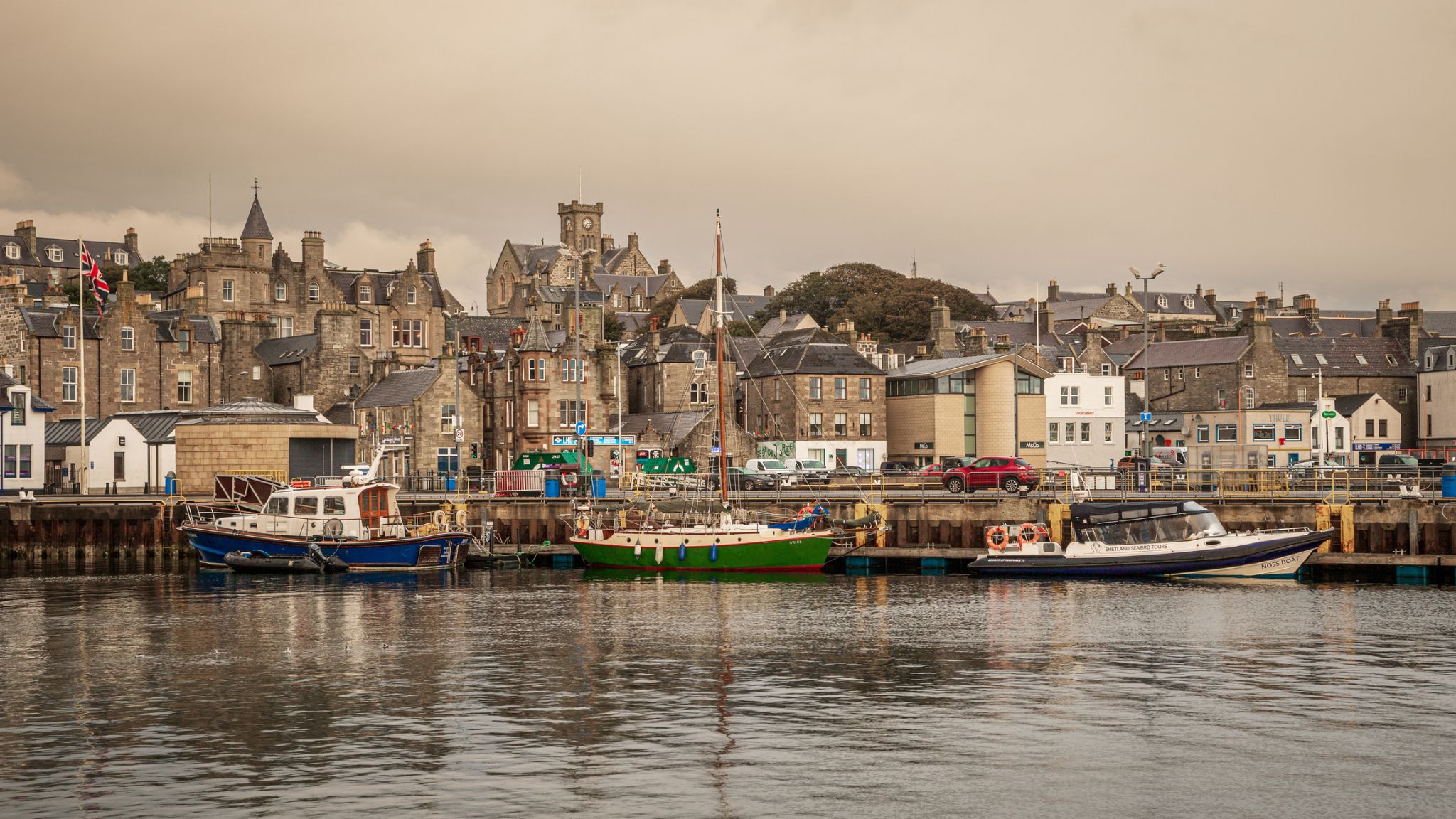
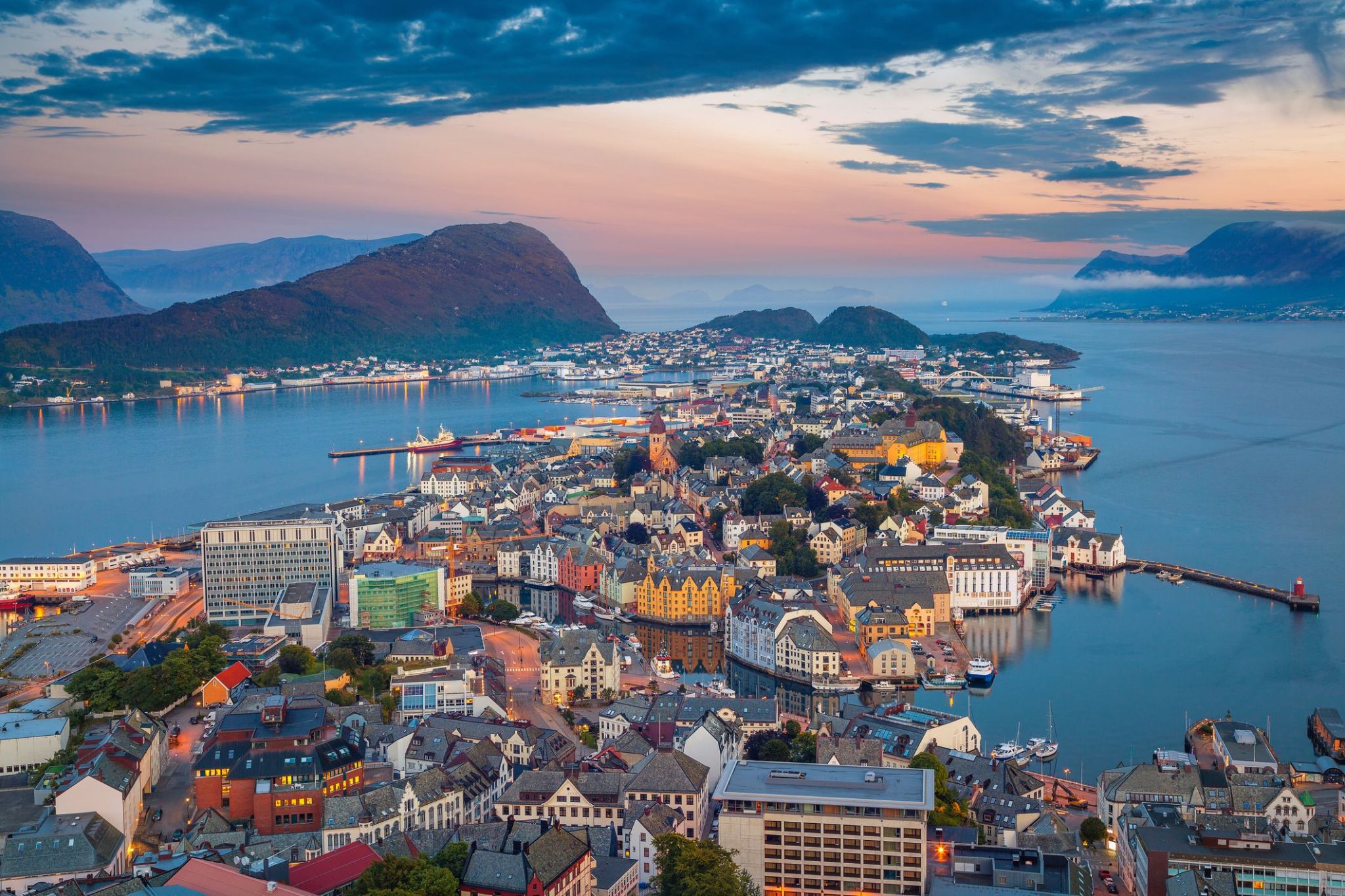
Розташований між величними фіордами та відкритим морем, Олесунн захоплює відвідувачів унікальним поєднанням природної краси та виразної архітектури. Відомий своїм вражаючим стилем модерн, відновленим після руйнівної пожежі 1904 року, місто пропонує чарівну атмосферу, де різнобарвні будівлі вздовж набережної створюють мальовничий краєвид, не схожий на жодне інше місце в Норвегії.
Любителі пригод та культури знайдуть у Олесунні багато цікавого. Від підйому на оглядовий майданчик на пагорбі Аксла з панорамним видом на архіпелаг до відвідування місцевих музеїв та свіжих рибних ринків — це прибережне місто запрошує мандрівників поринути у морську спадщину та захопливі ландшафти Норвегії. Чи то круїз фіордами, чи прогулянка вузькими вуличками — кожна мить у Олесунні обіцяє незабутні враження.


Najbardziej wysunięte na południe wybrzeże Norwegii zaprasza Cię do odkrycia niezwykłego miasta Kristiansand. To urocze miasteczko otoczone jest z trzech stron morzem. Jest to piąte co do wielkości miasto w kraju, a mimo że jego centrum mieści się na niewielkim obszarze zaledwie 1 km², Kristiansand ma wiele do zaoferowania swoim gościom. Nie chodzi tylko o niezwykle czyste norweskie powietrze, ale także o wiele innych interesujących atrakcji.
Wśród nich znajduje się największe zoo w Norwegii, w którym mieszka 80 gatunków zwierząt. Pobyt tutaj ucieszy zarówno dzieci, jak i dorosłych. Możesz przejechać się na karuzelach, pośmiać się w cyrku, a także wybrać się całą rodziną na rejs po morzu lub spędzić czas na placu zabaw.
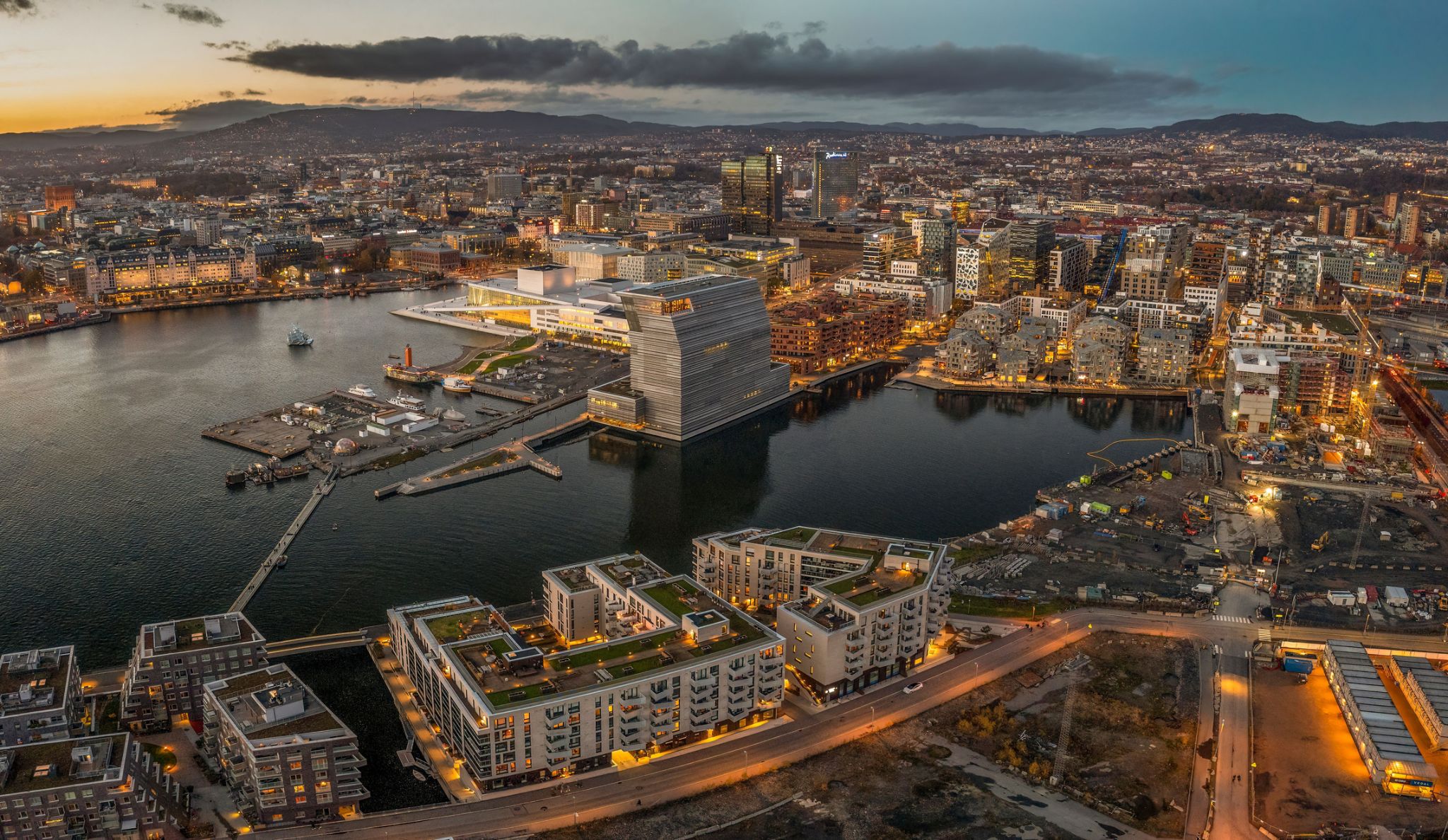
Oslo is the capital and most populous city of Norway. It constitutes both a county and a municipality. Founded in the year 1040 as Ánslo, and established as a trading place in 1048 by Harald Hardrada, the city was elevated to a bishopric in 1070 and a capital under Haakon V of Norway around 1300. Personal unions with Denmark from 1397 to 1523 and again from 1536 to 1814 reduced its influence, and with Sweden from 1814 to 1905 it functioned as a co-official capital. After being destroyed by a fire in 1624, during the reign of King Christian IV, a new city was built closer to Akershus Fortress and named Christiania in the king's honour. It was established as a municipality on 1 January 1838. The city's name was spelled Kristiania between 1877 and 1897 by state and municipal authorities. In 1925 the city was renamed Oslo.